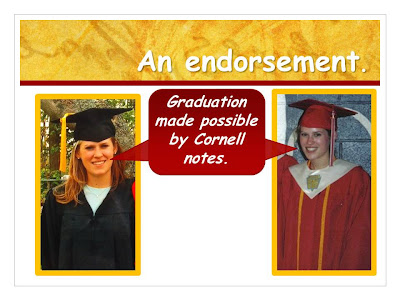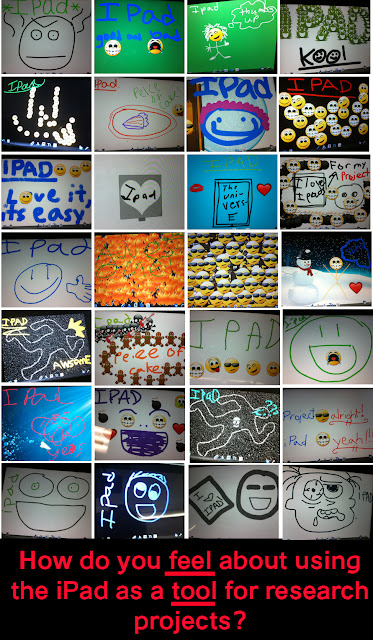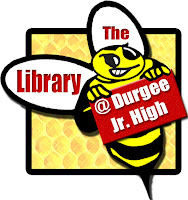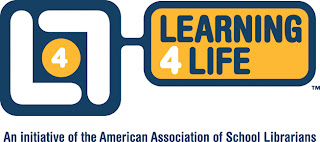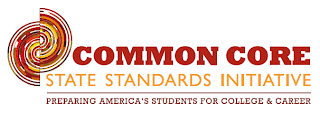Hey, vendors, your (non-fiction) eBooks aren't meeting my needs
For the record: I love FICTION eBooks. We circulate Kindles in my library (check out our program here , here and here ) -- it's a popular offering that plays an integral role in meeting our students' reading needs. My beef is with non-fiction eBooks that provide simultaneous access to titles. In the next few hundred words, when I say "eBooks" I'm talking about this type of non-fiction. These are books provided by traditional database vendors or in collections directly from the publisher designed for research (not high interest texts that kids read "for fun"). Because my school library system is in the process of developing a regional collection of eBooks, I've been thinking a lot about the subject. In the past few days I've tried out eBook options from more than eight different vendors, and out of the whole mix, only one company provides anything worth getting excited about. My biggest complaint about the vast majority of non-fiction eBoo

